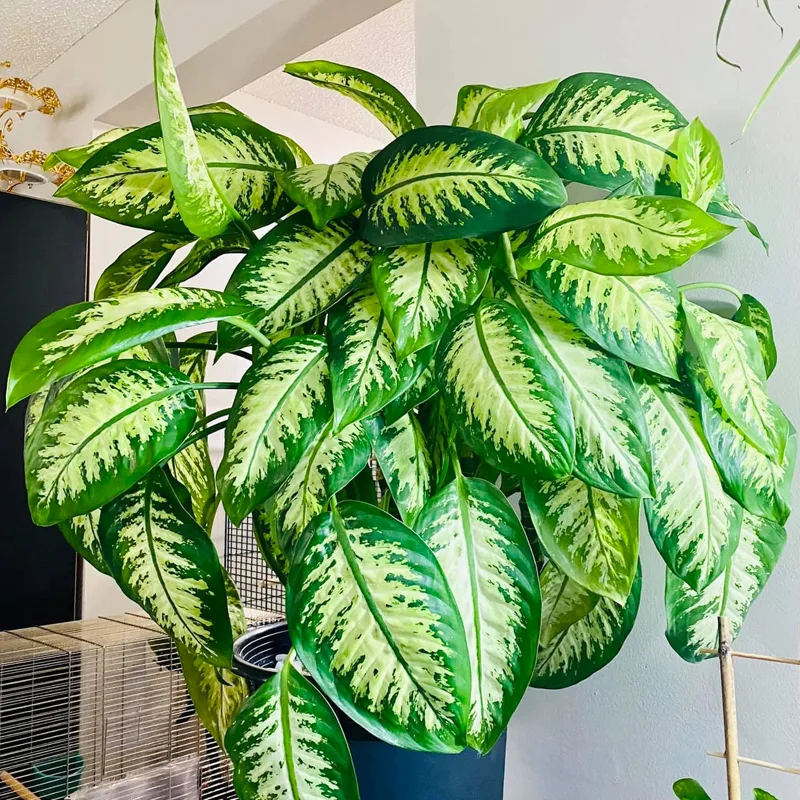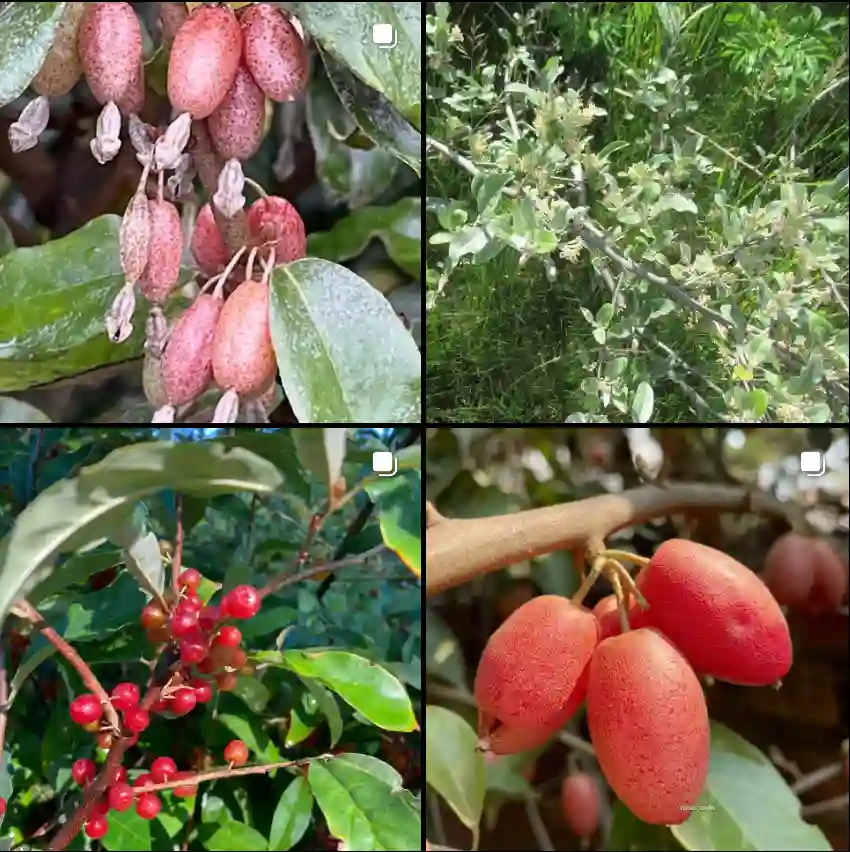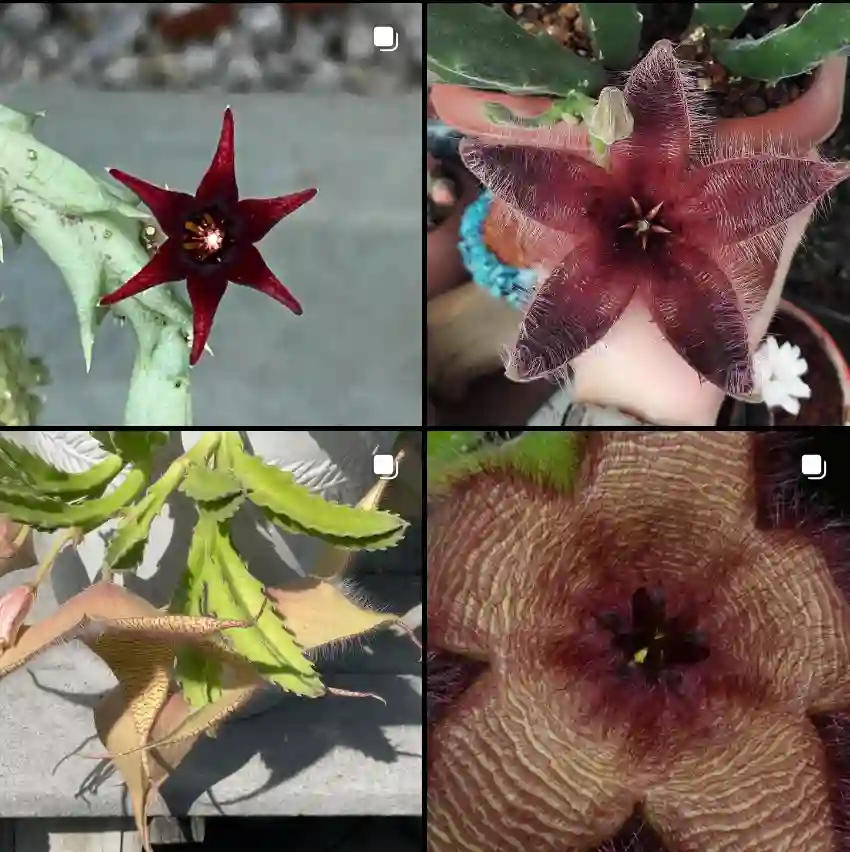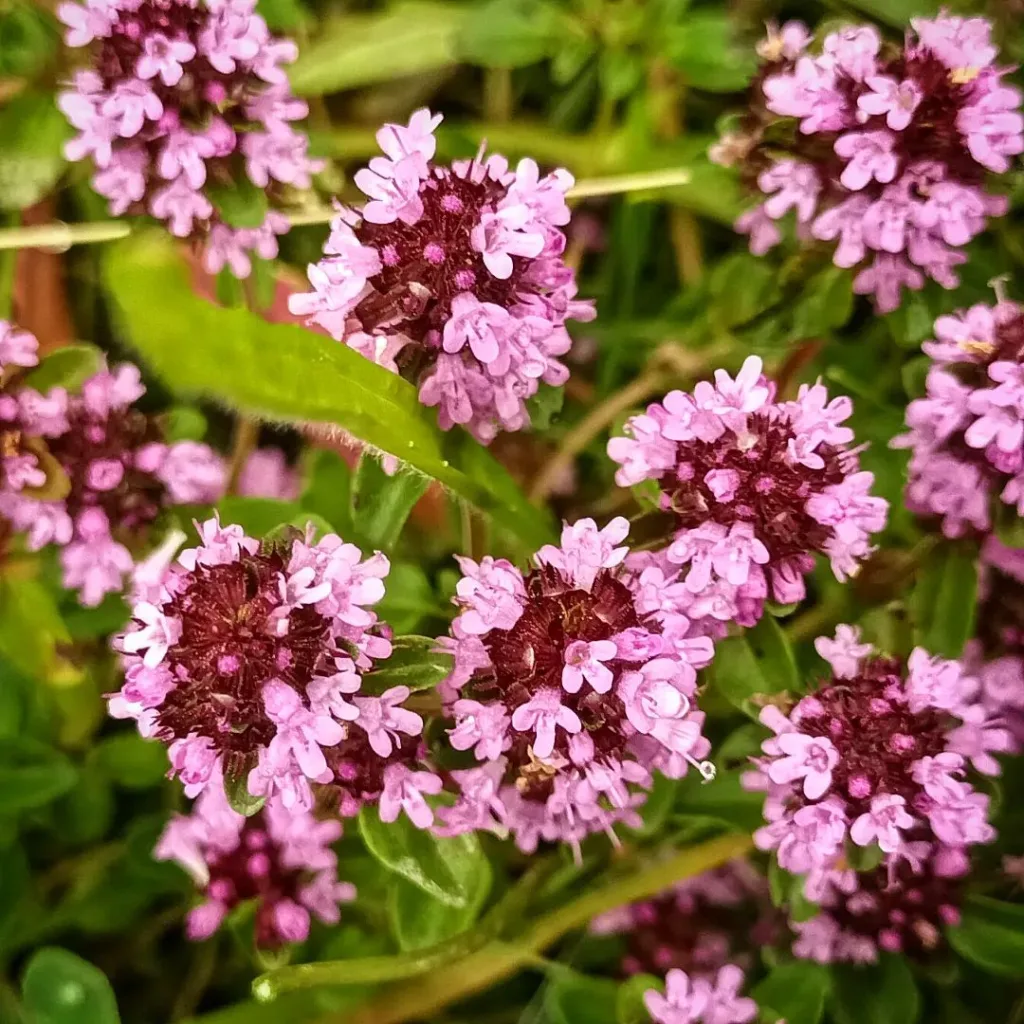Gypsophila: A Delicate Beauty
I’ve always been drawn to the delicate beauty of Gypsophila, commonly known as baby’s breath. These airy, cloud-like flowers, with their profusion of tiny blossoms, add a touch of magic and whimsy to any setting. As a passionate gardener and amateur botanist, I’m fascinated by the diversity within this genus and the unique characteristics of each species.
What is Gypsophila?
Gypsophila is a genus of flowering plants belonging to the Caryophyllaceae family, which also includes carnations and pinks. The name “Gypsophila” comes from the Greek words “gypsos” (meaning “gypsum”) and “philos” (meaning “loving”), referring to the preference of many species for calcareous soils.
These plants are native to Eurasia, Africa, Australia, and the Pacific Islands, with Turkey being a particular hotspot of diversity. They are characterized by their slender stems, often branching profusely, and their abundance of small, delicate flowers, typically white or pale pink.
A Diverse Genus
The Gypsophila genus boasts over 140 species, each with its own unique charm. Some are annuals, completing their life cycle in a single year, while others are perennials, returning year after year. They range in height from low-growing ground covers to tall, bushy plants reaching over a meter in height.
Here are:
- Gypsophila acantholimoides Bornm.
- Gypsophila acutifolia Steven ex Spreng.
- Gypsophila adenophora Boiss. & Buhse
- Gypsophila adenophylla Barkoudah
- Gypsophila afghanica Kandemir & Ghaz.
- Gypsophila altissima L.
- Gypsophila alvandica Falat., F.Ghahrem. & Assadi
- Gypsophila anatolica Boiss. & Heldr.
- Gypsophila aretioides Boiss.
- Gypsophila arrostii Guss.
- Gypsophila arsusiana (Kotschy ex Boiss.) F.N.Williams
- Gypsophila aucheri Boiss.
- Gypsophila aulieatensis B.Fedtsch.
- Gypsophila australis (Schltdl.) A.Gray
- Gypsophila babatagi (Ovcz.) Bondarenko
- Gypsophila baytopiorum Kit Tan
- Gypsophila bazorganica Rech.f.
- Gypsophila bellidifolia Boiss.
- Gypsophila bermejoi G.López
- Gypsophila bicolor (Freyn & Sint.) Grossh.
- Gypsophila bitlisensis Barkoudah
- Gypsophila brachypetala Trautv.
- Gypsophila briquetiana Schischk.
- Gypsophila bucharica B.Fedtsch.
- Gypsophila capillaris (Forssk.) C.Chr.
- Gypsophila capitata M.Bieb.
- Gypsophila capituliflora Rupr.
- Gypsophila caricifolia Boiss.
- Gypsophila × castellana Pau
- Gypsophila coelesyriaca (Boiss. & Hausskn.) F.N.Williams
- Gypsophila collina Steven ex Ser.
- Gypsophila curvifolia Fenzl
- Gypsophila damascena Boiss.
- Gypsophila davisii Barkoudah
- Gypsophila davurica (Turcz.) Fenzl
- Gypsophila diffusa Fisch. & C.A.Mey. ex Rupr.
- Gypsophila × digenea Borbás
- Gypsophila dumanii Armağan & Çakır
- Gypsophila elegans M.Bieb.
- Gypsophila erikii Yıld.
- Gypsophila eriocalyx Boiss.
- Gypsophila farsensis Falat., Assadi & F.Ghahrem.
- Gypsophila fastigiata L.
- Gypsophila fedtschenkoana Schischk.
- Gypsophila festucifolia Hub.-Mor.
- Gypsophila floribunda (Kar. & Kir.) Turcz. ex Fenzl
- Gypsophila germanicopolitana Hub.-Mor.
- Gypsophila glandulosa (Boiss.) Walp.
- Gypsophila glomerata Pall. ex Adams
- Gypsophila graminifolia Barkoudak
- Gypsophila guvengorkii Armağan, Özgökçe & A.Çelik
- Gypsophila gypsophiloides (Fenzl) Blakelock
- Gypsophila hakkiarica Kit Tan
- Gypsophila heteropoda Freyn
- Gypsophila hispida Boiss.
- Gypsophila huashanensis Tsui & D.Q.Lu
- Gypsophila imbricata Rupr.
- Gypsophila intricata Franch.
- Gypsophila iranica Barkoudah
- Gypsophila krascheninnikovii Schischk.
- Gypsophila laricina Schreb.
- Gypsophila lepidioides Boiss.
- Gypsophila leucochleana Hub.-Mor.
- Gypsophila libanotica Boiss.
- Gypsophila licentiana Hand.-Mazz.
- Gypsophila lignosa Hemsl. & Lace
- Gypsophila linearifolia (Fisch. & C.A.Mey.) Boiss.
- Gypsophila litwinowii Koso-Pol.
- Gypsophila lurorum Rech.f.
- Gypsophila macedonica Vandas
- Gypsophila malyeri Hamzaoğlu & Koç
- Gypsophila melampoda Bien. ex Boiss.
- Gypsophila meyeri Rupr.
- Gypsophila modesta Bornm.
- Gypsophila mongolica Barkoudah
- Gypsophila mozaffarianii Negaresh
- Gypsophila mucronifolia Rech.f.
- Gypsophila munzurensis Armağan
- Gypsophila nabelekii Schischk.
- Gypsophila nana Bory & Chaub.
- Gypsophila neoszovitsiana Lazkov
- Gypsophila nodiflora (Boiss.) Barkoudah
- Gypsophila oblanceolata Barkoudah
- Gypsophila oldhamiana Miq.
- Gypsophila olympica Boiss.
- Gypsophila osmangaziensis Ataşlar & Ocak
- Gypsophila pacifica Kom.
- Gypsophila pallasii Ikonn.
- Gypsophila pallida Stapf
- Gypsophila paniculata L. Plant FAQs: Baby’s Breath – Gypsophila Paniculata
- Gypsophila papillosa Porta
- Gypsophila parva Barkoudah
- Gypsophila patrinii Ser.
- Gypsophila perfoliata L.
- Gypsophila persica Barkoudak
- Gypsophila peshmenii Güner
- Gypsophila petraea (Baumg.) Rchb.
- Gypsophila pilosa Huds.
- Gypsophila pilulifera Boiss. & Heldr.
- Gypsophila pinifolia Boiss. & Hausskn.
- Gypsophila platyphylla Boiss.
- Gypsophila polyclada Fenzl ex Boiss.
- Gypsophila preobrashenskii Czerniak.
- Gypsophila pseudomelampoda Gauba & Rech.f.
- Gypsophila pseudopallida Falat., Assadi & F.Ghahrem.
- Gypsophila pulvinaris Rech.f.
- Gypsophila repens L.
- Gypsophila reuteri (Boiss. & Hausskn.) F.N.Williams
- Gypsophila robusta Grossh.
- Gypsophila rupestris Kupr.
- Gypsophila ruscifolia Boiss.
- Gypsophila saligna Schrad.
- Gypsophila sambukii Schischk.
- Gypsophila saponarioides Bornm. & Gauba
- Gypsophila scorzonerifolia Ser.
- Gypsophila serpylloides Boiss. & Heldr.
- Gypsophila silenoides Rupr.
- Gypsophila simonii Hub.-Mor.
- Gypsophila simulatrix Bornm. & Woronow
- Gypsophila spathulifolia Fenzl
- Gypsophila spinosa D.Q.Lu
- Gypsophila steupii Schischk.
- Gypsophila struthium Loefl.
- Gypsophila syriaca Schischk.
- Gypsophila takhtadzhanii Schischk. ex Ikonn.
- Gypsophila tenuifolia M.Bieb.
- Gypsophila tomentosa L.
- Gypsophila torulensis Koç
- Gypsophila transalaica Ikonn.
- Gypsophila tschiliensis J.Krause
- Gypsophila tuberculosa Hub.-Mor.
- Gypsophila tubulifiera Bornm.
- Gypsophila tubulosa (Jaub. & Spach) Boiss.
- Gypsophila turcica Hamzaoğlu
- Gypsophila umbricola (J.R.I.Wood) R.A.Clement
- Gypsophila uralensis Less.
- Gypsophila vaccaria (L.) Sm.
- Gypsophila vedeneevae Lepeschk. ex Botsch. & Vved.
- Gypsophila venusta Fenzl
- Gypsophila villosa Barkoudah
- Gypsophila vinogradovii Safonov
- Gypsophila virgata Boiss.
- Gypsophila viscosa Murray
- Gypsophila volgensis Krasnova
- Gypsophila wendelboi Rech.f.
- Gypsophila wilhelminae Rech.f.
- Gypsophila xanthochlora Rech.f.
- Gypsophila yazdiana Falat., F.Ghahrem. & Assadi
- Gypsophila yusufeliensis Budak
Cultivating Gypsophila
Most Gypsophila species thrive in full sun and well-drained soil. They are relatively drought-tolerant and prefer alkaline conditions. They can be propagated from seed or cuttings. Regular deadheading can encourage repeat blooming.
Uses and Symbolism
Gypsophila is widely used in floristry, adding a touch of lightness and elegance to bouquets and arrangements. Its delicate appearance makes it a popular choice for wedding flowers, symbolizing purity, innocence, and everlasting love.
Beyond its ornamental value, some Gypsophila species have traditional medicinal uses. For example, Gypsophila paniculata has been used in folk medicine for its expectorant and diuretic properties. The roots of some species contain saponins, which have been used to make soap.
Gypsophila and Me
My own garden features several Gypsophila species, including G. paniculata and G. repens. I love how they add a touch of ethereal beauty to my borders and attract pollinators like bees and butterflies. I also enjoy drying the flowers for use in crafts and potpourri.
I find Gypsophila to be a truly captivating genus, offering a delightful combination of delicate beauty, versatility, and resilience. Whether gracing a bridal bouquet or adding a touch of whimsy to a cottage garden, these charming plants continue to enchant and inspire me.
If i die, water my plants!



